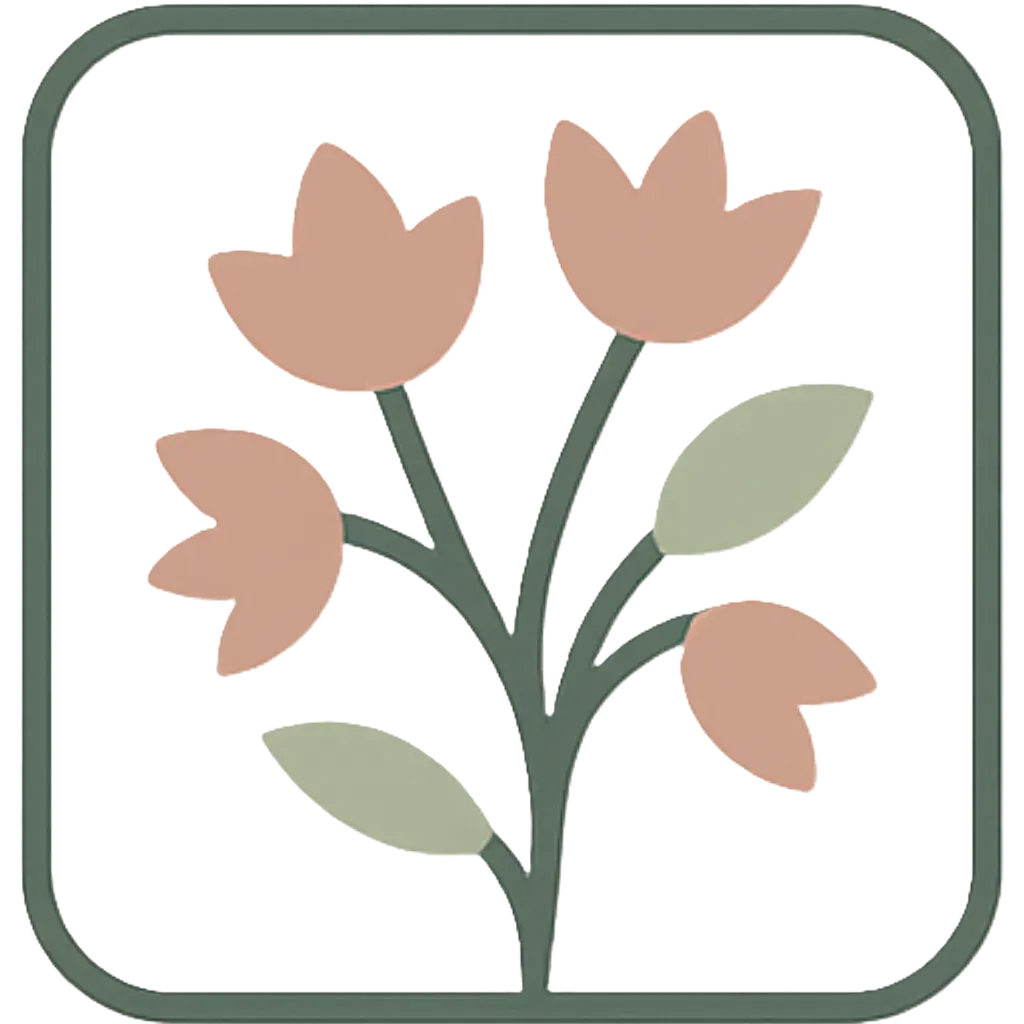Introduction
Woodfordia Fruticosa Tree Form is a species of flowering plant that belongs to the Lythraceae family. It is commonly known as Dhawai or Dhavadi in India and is native to the Indian subcontinent. This tree form is characterized by its small, white, fragrant flowers that bloom in clusters, attracting bees and butterflies. In this glossary, we will delve into the various aspects of Woodfordia Fruticosa Tree Form, including its botanical features, habitat, uses, and more.
Botanical Features
Woodfordia Fruticosa Tree Form is a deciduous shrub or small tree that can grow up to 3 meters in height. It has opposite, lanceolate leaves that are green and smooth on the upper surface, and pale and hairy on the lower surface. The flowers of this tree form are small, tubular, and white in color, with four petals and eight stamens. The fruit is a small, round capsule containing numerous seeds.
Habitat
Woodfordia Fruticosa Tree Form is commonly found in tropical and subtropical regions of India, Nepal, and Sri Lanka. It thrives in moist, well-drained soils and is often found growing near riverbanks, in forests, and on hillsides. This tree form prefers full sun or partial shade and is tolerant of a wide range of soil types.
Uses
Woodfordia Fruticosa Tree Form has several traditional and medicinal uses. The flowers of this tree form are used to make a fragrant, reddish dye that is used in textile and cosmetic industries. The leaves and bark are used in traditional medicine to treat various ailments, including diarrhea, dysentery, and skin diseases. Additionally, the flowers are used in religious ceremonies and rituals.
Cultivation
Woodfordia Fruticosa Tree Form can be propagated from seeds or cuttings. It is a fast-growing plant that requires regular watering and fertilization to thrive. Pruning can help maintain the shape and size of the tree form. This plant is relatively low-maintenance and is resistant to pests and diseases, making it a popular choice for home gardens and landscaping.
Conservation
Woodfordia Fruticosa Tree Form is not considered a threatened species, but its habitat is under pressure due to deforestation, urbanization, and agricultural expansion. Conservation efforts are needed to protect the natural habitats of this tree form and ensure its survival for future generations. Planting native trees and promoting sustainable land management practices can help preserve the biodiversity of the region.
Conclusion
In conclusion, Woodfordia Fruticosa Tree Form is a versatile and valuable plant species with a wide range of uses and benefits. Its beautiful flowers, medicinal properties, and ecological importance make it a valuable addition to any landscape. By understanding and appreciating the unique characteristics of this tree form, we can contribute to its conservation and sustainable use for years to come.
